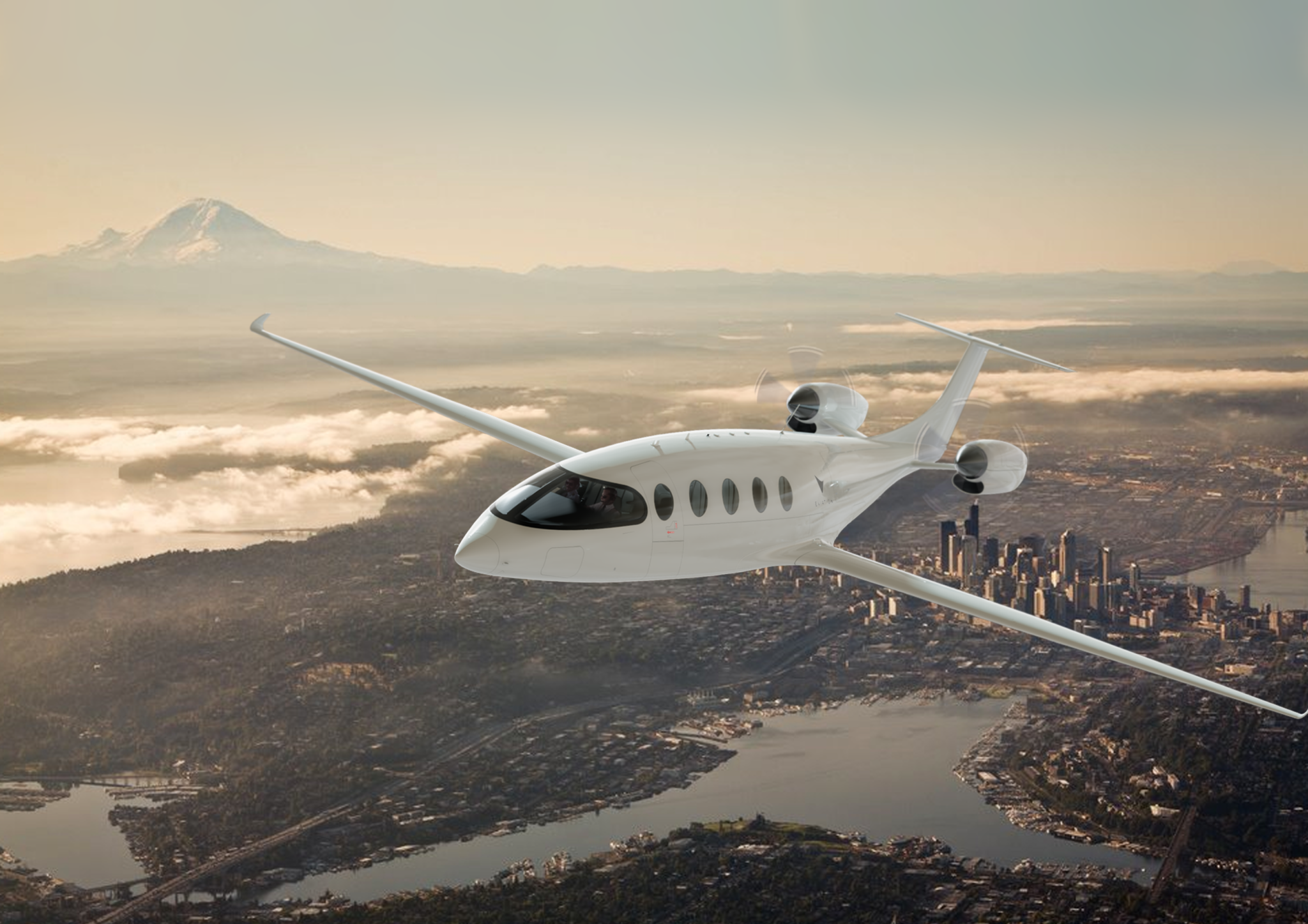The aerospace industry is one of the most rapidly growing industries in the world. Recently, there has been an increasing demand for aircraft and other aerospace products and services.
This trend is expected to continue in the coming years, with the global aerospace market projected to reach $838 billion by 2022.
With this growth comes new opportunities and challenges for aerospace industry professionals.
Knowing the latest trends and developments in this ever-changing field is important to stay ahead of the curve.

Here are some of the major trends to watch out for in 2022.
Increased Demand for Electric Aircraft
The future of the aerospace industry is electric. With advances in battery technology and the increased demand for more efficient aircraft, all major aerospace manufacturers are investing in electric aviation.
The first all-electric commercial aircraft is expected to enter service in 2022, and it is estimated that by 2035, electric aircraft will make up 10% of the total commercial fleet.
The benefits of electric aircraft are significant. They are quieter, produce zero emissions, and have lower operating costs than traditional jet engines. In addition, electric aircraft are much more efficient, requiring less fuel to fly the same distance.
As a result, the increased demand for electric aircraft is driving a new era of innovation in the aerospace industry.
The Rise of Private Space Companies
The aerospace industry is evolving rapidly, with new technologies and commercial applications always being developed.
In recent years, private space companies have become increasingly important players. These companies are developing innovative new launch vehicles and spacecraft and providing an alternative to government-run space programs.
Private space companies are also driving down the cost of access to space, making it more affordable for small businesses and individuals.
The future of aerospace looks very different than just a few years ago, and private space companies play a major role in shaping this new landscape.
New Developments in Autonomous Flight
The future of aerospace is looking very bright indeed. The industry is on the cusp of some breakthroughs, and new developments in autonomous flight are set to revolutionize how we travel.
In the next few years, we can expect to see a proliferation of autonomous aircraft taking to the skies. These drones will be used for everything from delivering packages to providing aerial ridesharing services.
And as they become more sophisticated, they will only become more ubiquitous. The implications of this technology are profound.
With autonomous aircraft, we can greatly reduce congestion in our skies and make air travel more efficient and affordable. We can also use them to improve safety, as they are less likely to crash than traditional aircraft.
The future of aerospace is looking very bright, indeed. We are on the cusp of a true aviation revolution thanks to new developments in autonomous flight.
The Growth of the Drone Market
The future of aerospace is drones, and the drone market’s growth will continue.
The market was worth 6 billion dollars in 2016 and is expected to be 12 billion by 2022. The main reason for this growth is increased commercial and industrial drone applications.
Commercial drone applications include photography, mapping, surveying, and delivery. The most well-known commercial application for drones is probably Amazon’s Prime Air which promises to deliver packages within 30 minutes or less using drones.
There are also many industrial applications for drones, such as inspection, monitoring, and security.
For example, oil and gas companies use drones to inspect pipelines and power lines, while farmers use them to monitor crops. The possibilities for what drones can do are endless, which is why the drone market is expected to keep growing.
Bottom Line: The Continued Rise of Air Travel
There is no doubt that air travel has become increasingly popular in recent years. Aerological advances show that flying is now safer and more comfortable than ever.
In addition, the growth of the global economy has made it easier for people to travel to far-flung destinations. As a result, the number of airline passengers has soared and is expected to continue to rise in the coming years.
While this trend may be good news for the airline industry, it could negatively affect the environment. Airplanes produce significant greenhouse gas emissions, which contribute to climate change.
As more people take to the skies, the impact on the planet could be devastating. Therefore, we must find ways to make air travel more sustainable. Otherwise, the continued rise in air travel could have a profound and destructive effect on our planet.




